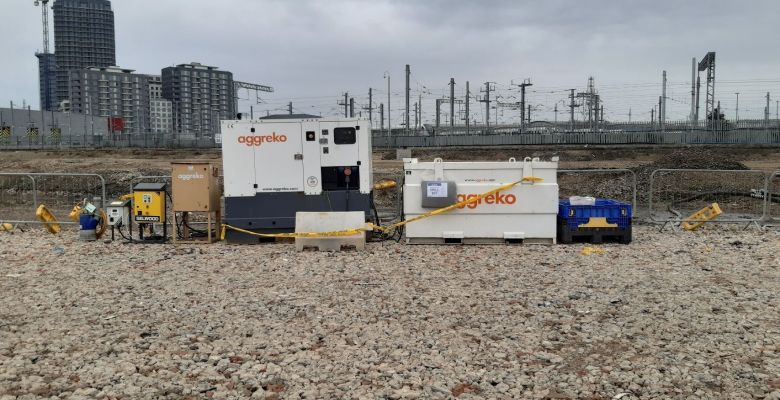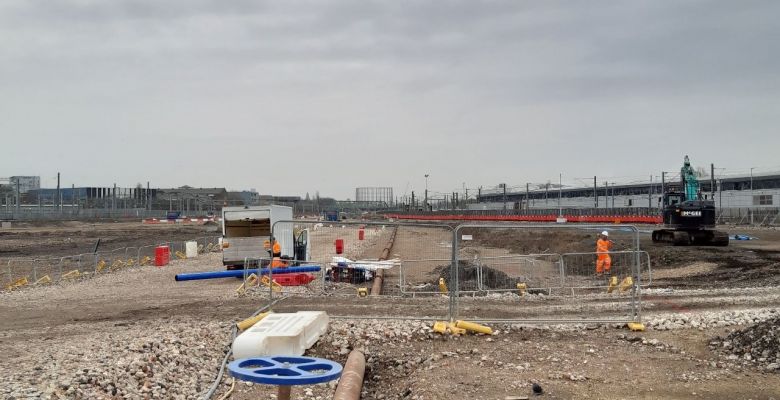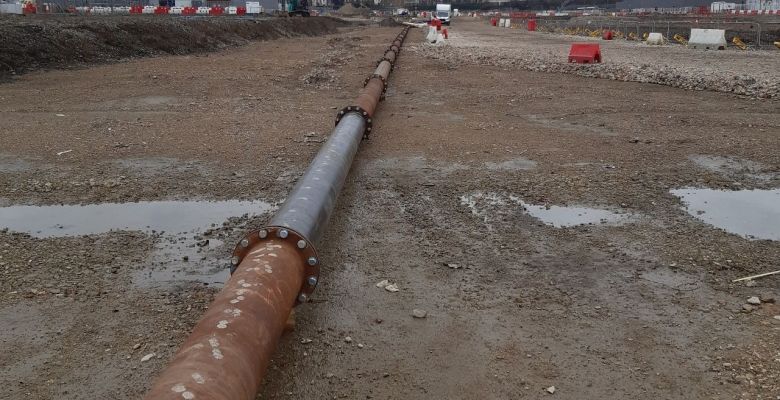The background
Selwood were asked if they could provide a solution to manage ground water in North West London as part of the construction of one of the largest train stations in Europe.
The challenge
The surface area of the site was vast – the station box was over half a mile long on its own. Despite the size of the site, space for pipework and pumps was limited due to the nature of the construction activities. Multiple pumps and pipelines would have taken up too much room.
The discharge lines would have needed to be disconnected and reconnected regularly. This would have been extremely labour intensive and possibly delayed construction activities. The discharge criteria was also very tight. This meant the system could not exceed designated flow rates, which could cause water to build in key areas on site during bad weather.
The solution
The Selwood team recommended one larger 300mm common pipeline with a number of ‘well points’ surrounding the pipeline. Each well point contained one float controlled ‘plug and play’ Sulzer XJ40 submersible with a short discharge line connecting onto the trunk line. This meant most of the over pumping equipment was consolidated into one narrow strip through the site rather than a myriad of pipework traversing across random areas of site.
The pipeline was fitted with several valves which helped maintain an even distribution of water across the multiple discharge points. This was also to help maintain discharge compliance.
The result
The common 300mm pipeline delivered a solution that caused minimal disruption to day-to-day activities by taking up less room than previously feared. This allowed contractors to get on with their programme unhindered. The float-controlled Sulzer XJ40’s meant operatives rarely needed to interact with pumps, saving them yet more time and ultimately money.
The added benefit was that the common line was large enough to act as storage for the ground water. This meant that in poor weather, the contractor could continue to comply with discharge permits while maintaining higher flow levels when required.



